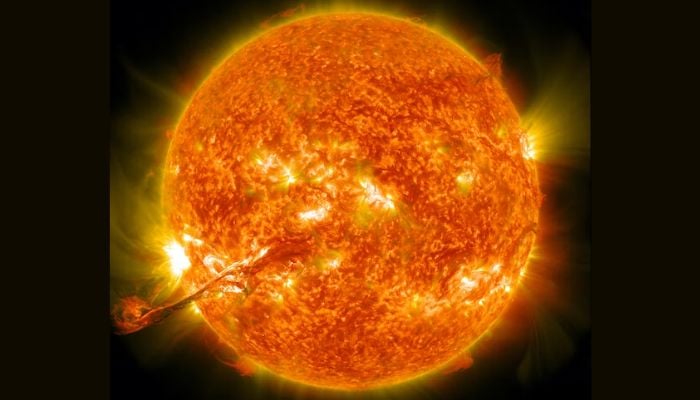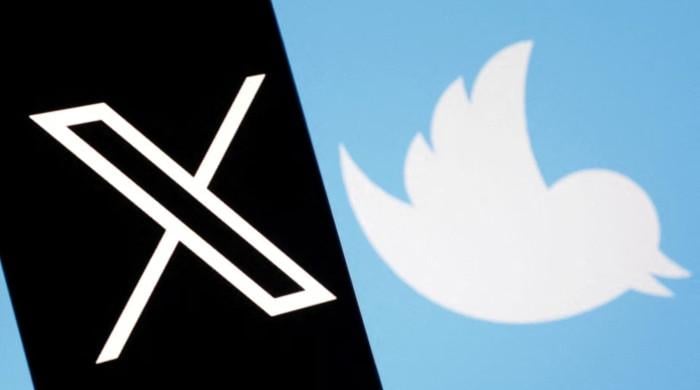When will the sun die?
The sun is likely to shrink to become a white dwarf like 90% of other stars
November 13, 2022

Our sun, which is about 4.6 billion years old, runs the weather, season, climate, and ocean current and allows life on our planet by allowing photosynthesis in plants to take place.
The origin, birth and death of this huge star governing our planet have made scientists curious for years. With the current discussion on climate change and catastrophes on the planet, scientists are more and more interested in knowing how and when the sun, like other stars, will explode and die.
According to a report by National Geographic, the sun started to form out of a molecular cloud made of helium and hydrogen nearly 4.5 billion years ago. Scientists believe that a supernova close to the sun emitted a shockwave so strong that it came in touch with this cloud and charged it, giving birth to the sun.
About 150 million kilometres away from Earth, the sun could die in five billion years, said a report by ScienceAlert. "The Sun is due to turn into a red giant," experts believe.
"The core of the star will shrink, but its outer layers will expand out to the orbit of Mars, engulfing our planet in the process. If it's even still there."
A study conducted by researchers at the University of Manchester in 2018 found that the sun was likely to shrink to become a white dwarf, like 90% of stars, and end up as a planetary nebula.
One of the authors of the paper, astrophysicist Albert Zijlstra from the University of Manchester explained that a star ejects its envelope which is a "mass of gas and dust" when it died.
"The envelope can be as much as half the star's mass," he said.
"This reveals the star's core, which by this point in the star's life is running out of fuel, eventually turning off and before finally dying."
He added that the hot core of the star is what makes the nebula shine brightly for nearly 10,000 years which is a short time period in astronomy. "This is what makes the planetary nebula visible."
This envelope can be seen from tens of millions of light years away because of its extreme brightness, Zijlstra explained.









